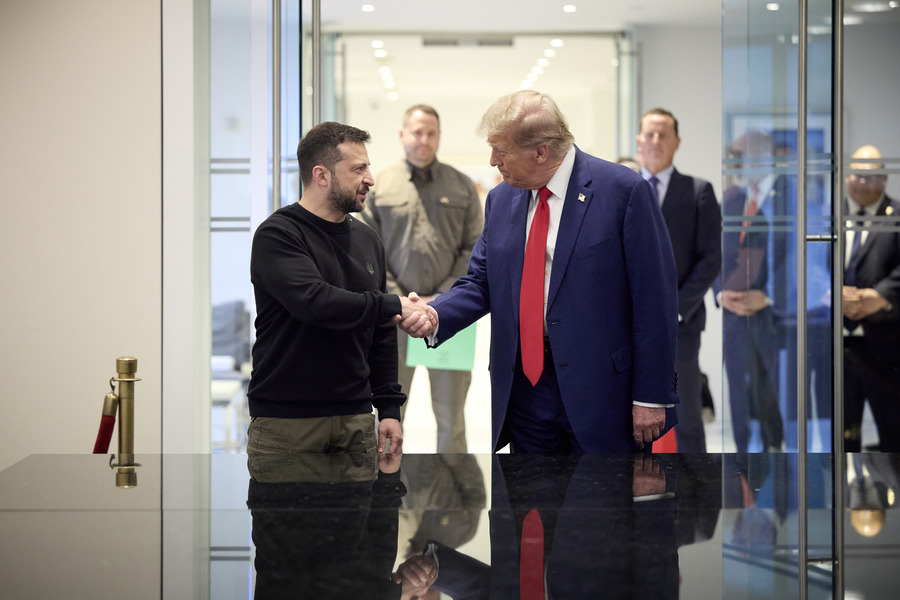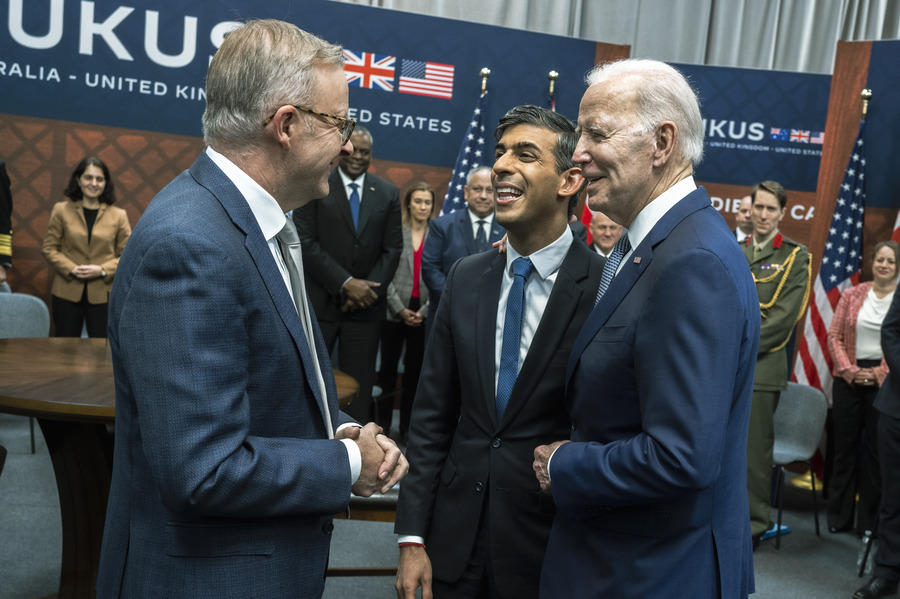Could the AUMF be Construed to Encompass Internment of "Non-Military" Members of Organized Armed Groups, Consistent with IHL?
As Ben notes below, the Khairkhwa decision draws attention to the question whether the substantive scope of detention authority under the AUMF should be construed to extend to a person who is a member of an organized armed group such as the Taliban but who arguably had only non-military functions in the group. Judge Urbina writes:
The petitioner asserts that as a purely civilian official, he was not part of Taliban forces, did not purposefully and materially support the Taliban in
Published by The Lawfare Institute
in Cooperation With

As Ben notes below, the Khairkhwa decision draws attention to the question whether the substantive scope of detention authority under the AUMF should be construed to extend to a person who is a member of an organized armed group such as the Taliban but who arguably had only non-military functions in the group. Judge Urbina writes:
The petitioner asserts that as a purely civilian official, he was not part of Taliban forces, did not purposefully and materially support the Taliban in hostilities against U.S. coalition forces, and, as a result, is not lawfully detained. The government does not dispute that a purely civilian official who had no connection to any military activities would not be subject to detention under the AUMF.The issue was avoided in the end in that case because the evidence established that Khairkhwa did indeed have military functions. But let's assume the evidence was otherwise. Is it really so obvious that the AUMF would not have supplied detention authority? Put more specifically: if the administration had argued for it, and assuming that the AUMF is to be construed in light of IHL, could the AUMF have been read to enable detention of a senior Taliban official who did not have a military or quasi-military function and was not otherwise part of the Taliban's fighting forces? The question is more complicated than might appear at first blush, in large part because the post-9/11 detention debate has largely focused on only one of the two major detention paradigms associated with armed conflict. That is, the post-9/11 debate has focused on the detention of combatants and the principle of detaining enemy combatants/fighters for the duration of hostilities. But there is a second detention paradigm in IHL, at least in the context of international armed conflict: security internment under the Fourth Geneva Convention. In brief, the whole point of this model is the preventive detention of persons who are not combatants but who nonetheless pose an imperative security threat. The detention is not for the duration of hostilities, but rather only for such time as the person remains a threat...though obviously that can be equivalent to the duration of hostilities or occupation. Assuming this framework applies, it's certainly possible in theory--though it's not automatically the case--that a senior Taliban official with no military functions could be deemed an imperative threat to security. So the real question is whether this security internment model has any application to a situation such as Khairkhwa's. There are two ways in which it might. First, recall that President Bush in early 2002 took the position that the conflict between the United States and the Taliban, unlike that between the United States and al Qaeda, was an international armed conflict--i.e., a conflict between two High Contracting Parties (USA & Afghanistan) to the Geneva Conventions. Let's assume this was the correct or at least a dispositive conclusion. If so, that decision made the Fourth Convention, including the security internment model, directly applicable at least for a time. There obviously are questions about how long this characterization of the conflict would continue to apply; Afghanistan is not an international armed conflict today, and has not been so for some time. But Khairkhwa was captured in February 2002, roughly at the time of the President's initial determination. He could have been categorized as a security internee then. Of course now we are nine years down the road now, and so even if he could have been so characterized in the first instance, there is the question of whether that status is "sticky" such that he can continue to be held under that rubric even as the conflict shifts to the status of a NIAC. That's an interesting question to say the least; I'm not entirely sure, but I believe the general view is that detainees don't lose IAC-based privileges (e.g., POW privileges) simply because the nature of the underlying conflict changes over time, so long as the original conflict continues. Second, even if the relevant framework all along or at least by today has become that of a NIAC, there is still some question about the relevance and availability of the security internment model. Here I will simply reference Ryan Goodman's article in the American Journal of International Law, in which he advances the view that IHL in a NIAC is less constraining than in an IAC, and hence that states may do in a NIAC at least that which they can do consistent with IHL in an IAC -- including security internment. This view has its critics of course, including those who would argue that IHRL comes into play in the NIAC setting to a greater extent (thus giving states less discretion to act than in an IAC), and those who would argue that there needs to be an affirmative statement in domestic law providing detention authority of any kind. But my point for present purposes is simply that it is far from obvious that the AUMF could not be construed, consistent with IHL, to supply a form of detention authority for the civilian Taliban minister scenario. To be clear, to the best of my knowledge neither this administration nor its predecessor has ever invoked the security model directly or by analogy with respect to detention at GTMO or in Afghanistan. And perhaps we should not; even a casual acquaintance with the security internment power reveals that it is a remarkably sweeping authority entailing little in the way of substantive or procedural constraints. But either way, we need to be careful not to make the mistake of assuming that IHL prohibits non-criminal forms of detention for non-combatants.
Robert (Bobby) Chesney is the Dean of the University of Texas School of Law, where he also holds the James A. Baker III Chair in the Rule of Law and World Affairs at UT. He is known internationally for his scholarship relating both to cybersecurity and national security. He is a co-founder of Lawfare, the nation’s leading online source for analysis of national security legal issues, and he co-hosts the popular show The National Security Law Podcast.





